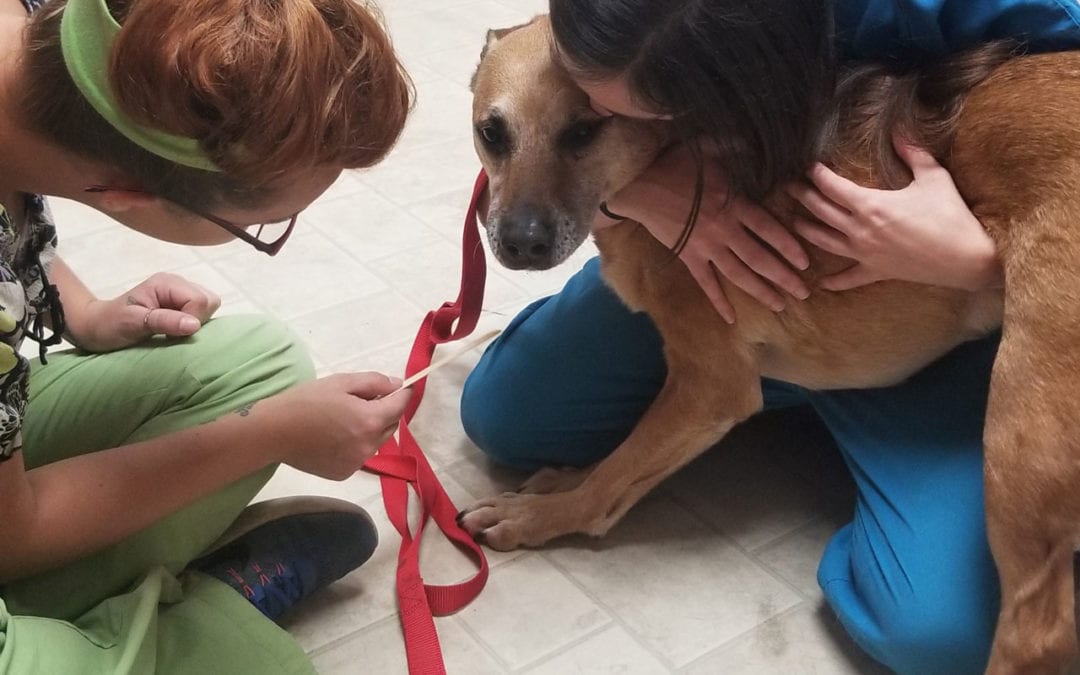We are dedicated to the health and well-being of all of our patients, particularly before, during, and after undergoing anesthetic procedures. We understand that this can be a stressful time for both the pets and for pet owners.
Most pets will have at least one anesthetic procedure in their lifetime, whether for spaying/neutering, dental cleanings and extractions, mass removals, or orthopedic repairs.
Preanesthetic screening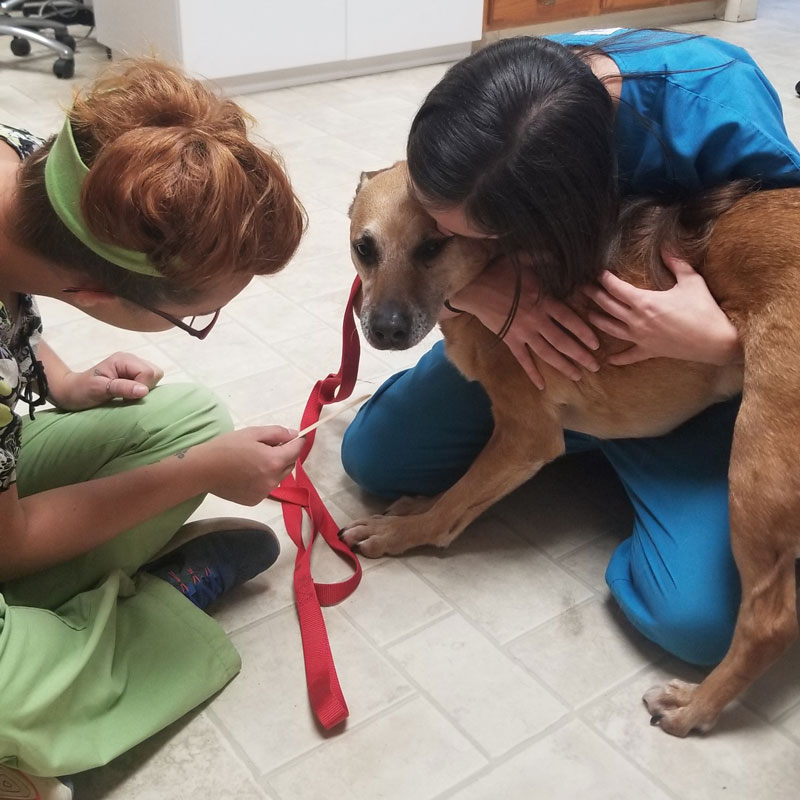
To ensure the health of your pet and to help us choose the proper protocol for each individual patient, an up to date exam is required and preanesthetic blood work is always performed shortly before an anesthetic procedure. Any medical concerns are thoroughly investigated and attended to prior to undergoing anesthesia. This helps to ensure that the risks of the procedure are minimal.
Pre-Surgical Comfort Pack
As part of a new Fear Free initiative, each patient will have the option of taking home a pre-surgical comfort pack with supplements, pain control medications, GI protectants (to decrease stomach upset during and after surgery) and anti-anxiety medications (as indicated) to take prior to the procedure.
Surgery day, before the procedure
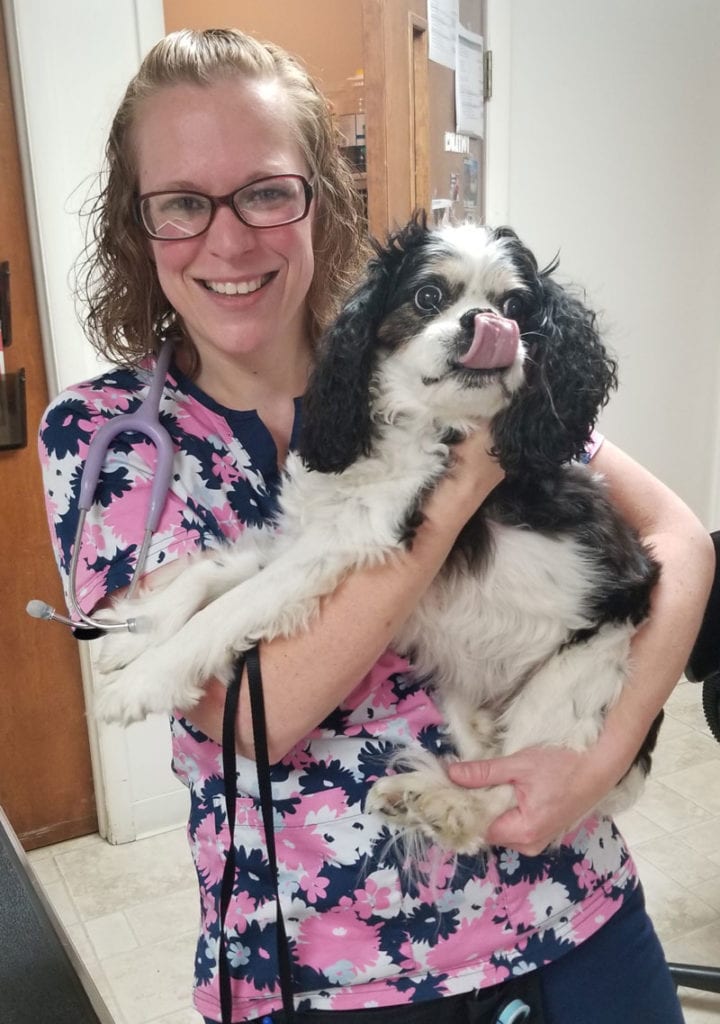
The day of the surgical procedure, each patient’s vital signs are assessed by a licensed veterinary nurse just after the patient’s arrival. The surgeon also completes a full physical exam and reviews the medical record to determine an anesthetic protocol. Once the surgeon has completed that process for all of the day’s cases, he or she creates a plan for the order of completion.Your pet is housed in a kennel while waiting his or her turn for surgery. They have towels or blankets to rest upon, and are given access to a litter box (cats) or walked outside (dogs). Cats and dogs are kenneled in separate rooms, and both kennel areas are frequented by our staff to monitor patients for undo anxiety.
During the procedure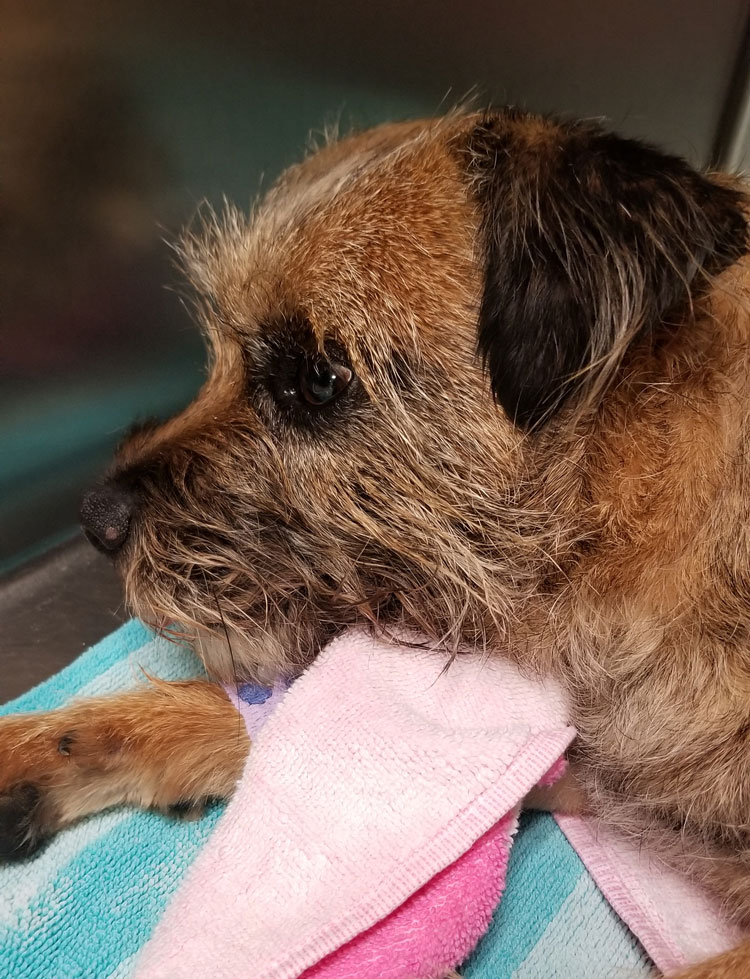
During the procedure, an endotracheal tube is placed to ensure an open airway and to provide oxygen and maintain anesthesia. An IV catheter is placed to allow for administration of medications and/or fluids to maintain hydration. A licensed technician keeps a close watch on the patient as oxygen levels, blood pressure, heart rate, and respiratory rate are continuously monitored. Pain medications are administered and/or local nerve blocks performed to manage any pain induced by surgery.
Aftercare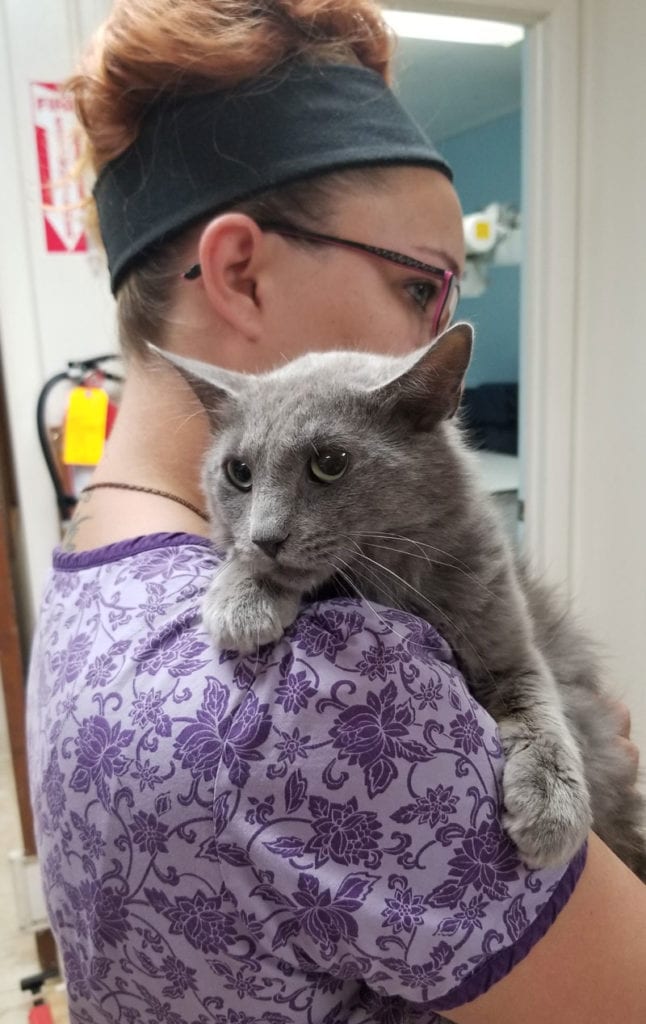
Often, after the surgery is completed, laser 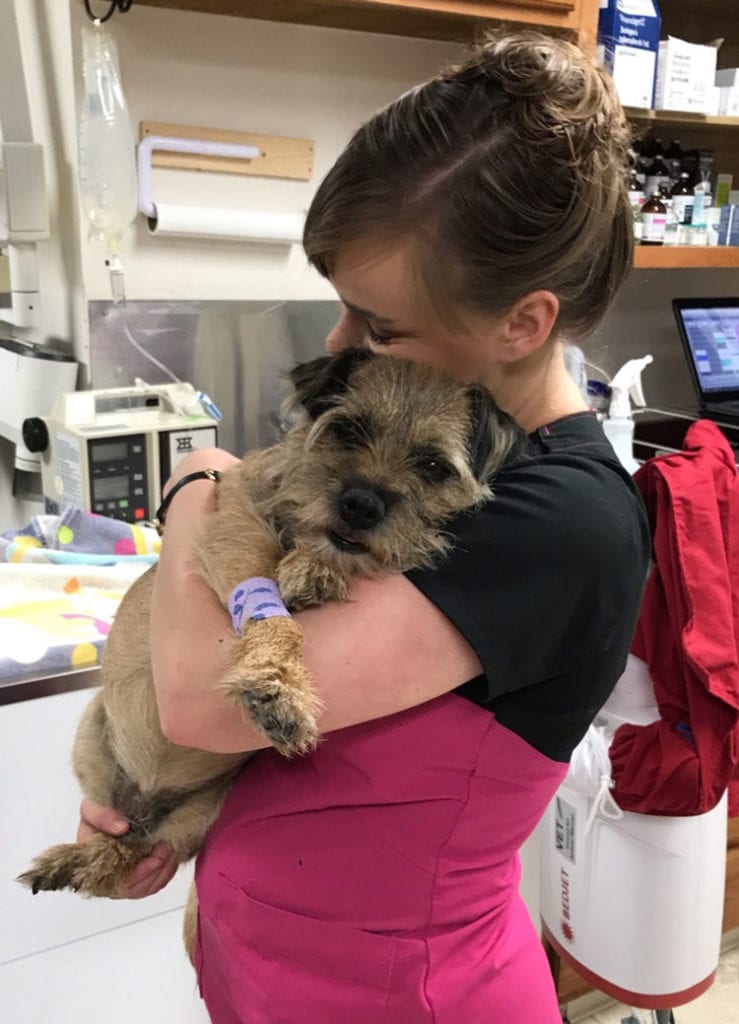 therapy is performed over the incision site. A therapeutic laser treatment helps to reduce inflammation, decrease healing time, and decrease discomfort. Your pet is closely monitored as they are waking up from anesthesia, often receiving comforting cuddles from one or more of the nurses or assistants.
therapy is performed over the incision site. A therapeutic laser treatment helps to reduce inflammation, decrease healing time, and decrease discomfort. Your pet is closely monitored as they are waking up from anesthesia, often receiving comforting cuddles from one or more of the nurses or assistants.
Discharge Appointment
Either the nurse who assisted or the surgeon will contact you to give you a report and to set up the discharge appointment. Sometimes, a receptionist is asked to contact you with this report, especially in cases where everything went as expected with your pet’s procedure. The discharge appointment simply helps to assure that a nurse or the veterinarian, if indicated, is available to spend a few minutes reviewing the procedure and after care instructions with you when your pet is ready to be sent home.
Home Care
After your pet’s procedure, you will be provided email access to the nurse who assisted the surgeon for any follow up questions or non urgent concerns, and one of the nurses will also call you the day after for a progress report and to answer any questions that may arise.
We want to make the surgical process as stress free, for both you and your pets, as we can. If you ever have questions or concerns about your pet, please don’t hesitate to call or text our office at (607) 733-6503. We are always happy to assist you!

